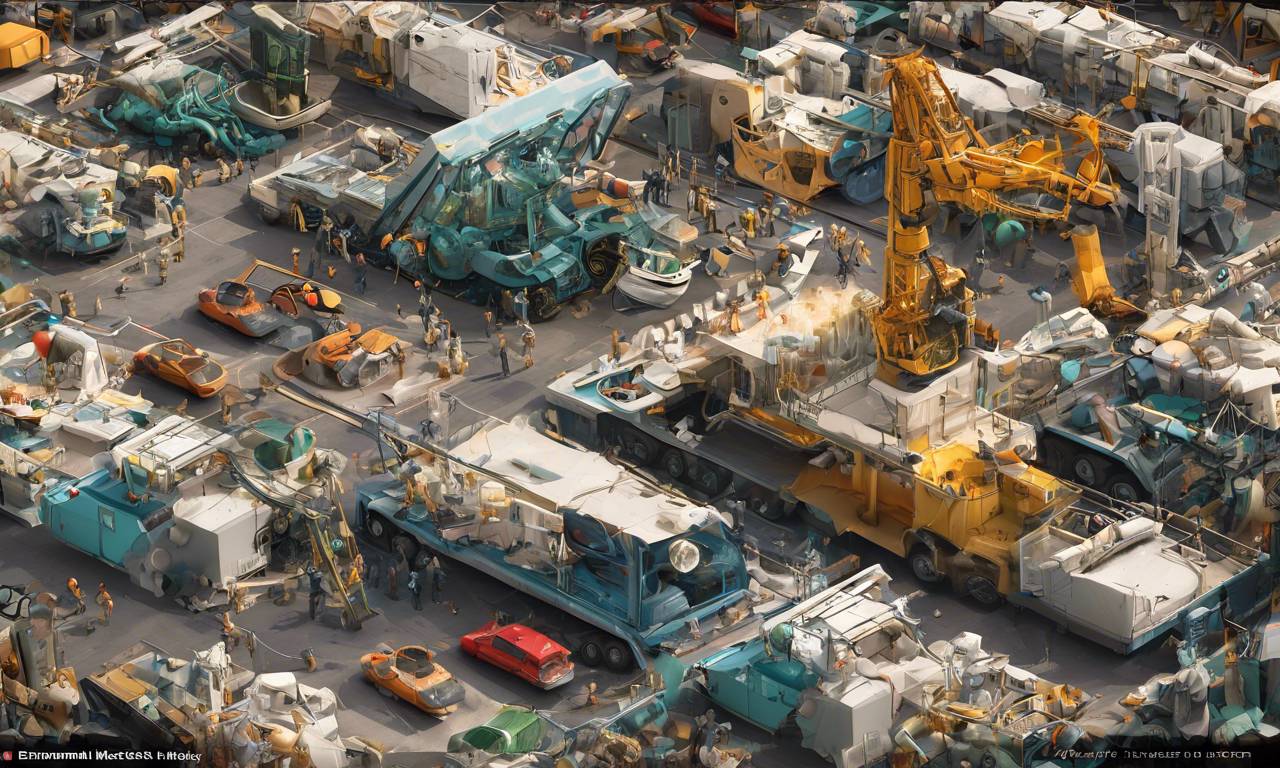The Environmental Impacts of Proof-of-Work: Fact vs Fiction
Are you curious about the environmental impacts of cryptocurrencies? You’ve probably heard conflicting information about the energy consumption and carbon footprint associated with proof-of-work (PoW) algorithms. In this article, we will delve into the topic and separate fact from fiction. So, let’s dive in and explore the environmental impacts of PoW cryptocurrencies like Bitcoin.
What is Proof-of-Work?
Before we discuss its environmental implications, let’s briefly understand what PoW is. Proof-of-work is a consensus algorithm used by many cryptocurrencies to validate transactions and secure their networks. It requires miners to solve complex mathematical problems to add new blocks to the blockchain.
This process involves high computational power and consumes significant amounts of energy. Critics argue that this energy consumption leads to substantial environmental harm, while proponents claim that it’s not as detrimental as it seems. Let’s examine both perspectives.
The Environmental Impact Debate
1. Energy Consumption:
You may have come across alarming headlines stating that Bitcoin consumes more electricity than entire countries. While it’s true that mining operations require substantial energy, it’s important to put things into perspective. Traditional banking systems also consume massive amounts of energy for various operations such as maintaining branches, data centers, and ATMs.
Additionally, renewable energy sources are increasingly being utilized by miners worldwide. In fact, some mining farms are strategically located near renewable energy sources like hydroelectric power plants or solar farms, minimizing their reliance on fossil fuels.
2. Carbon Footprint:
Another concern raised against PoW cryptocurrencies is their carbon footprint. It’s estimated that Bitcoin alone emits around 22 megatons of CO2 annually, equivalent to some small countries. However, it’s crucial to consider the overall impact of traditional financial systems.
When you factor in the energy consumption of banks, data centers, and the entire infrastructure supporting fiat currencies, cryptocurrencies may not be as environmentally damaging as critics claim. Moreover, many blockchain projects are actively working on transitioning to more eco-friendly consensus algorithms.
The Positive Side
1. Incentivizing Renewable Energy:
The energy-intensive nature of PoW mining has sparked innovative solutions. Some projects have introduced initiatives that incentivize miners to use renewable energy. For example, they offer discounted electricity rates or rewards for mining operations powered by clean energy sources. These initiatives drive the adoption of sustainable practices in the energy sector.
2. Technological Advancements:
The quest for more efficient mining processes has led to technological advancements. As miners compete to solve complex mathematical problems faster and more efficiently, there is a continuous drive for innovation. This pursuit often leads to the development of new hardware and software solutions that optimize energy consumption and reduce environmental impacts.
FAQs
Q: Is cryptocurrency mining really harmful to the environment?
A: While cryptocurrency mining does consume significant amounts of energy, its environmental impact should be considered in comparison to traditional financial systems.
Q: Are there any eco-friendly alternatives to proof-of-work?
A: Yes, there are several consensus algorithms being developed and utilized by various cryptocurrencies that aim to reduce energy consumption and carbon emissions.
Q: Can individuals contribute to minimizing the environmental impact of cryptocurrencies?
A: Absolutely! You can support cryptocurrencies that prioritize sustainability and promote the use of renewable energy sources for mining operations. Additionally, raising awareness about eco-friendly practices within the crypto community can drive positive change.
In Conclusion
It’s important to approach discussions about the environmental impacts of proof-of-work cryptocurrencies with an open mind. While energy consumption and carbon emissions are indeed concerns, it is essential to consider the broader context and compare them to existing financial systems. By incentivizing renewable energy usage and driving technological advancements, the cryptocurrency industry has the potential to mitigate its environmental impact in the long run.
Edulia Coinfield’s journey from a curious technology enthusiast to a highly regarded crypto educator and analyst is a testament to her passion for knowledge-sharing and the immense potential of blockchain technology. Her contributions to the industry and dedication to empowering others have solidified her position as a prominent woman figure in the world of cryptocurrencies.

